By Richard Johnson
In the last month, two impact reports were published which remind us how good reports can be: Tony’s Chocolonely FAIR Report and Vivobarefoot’s Unfinished Business Report.
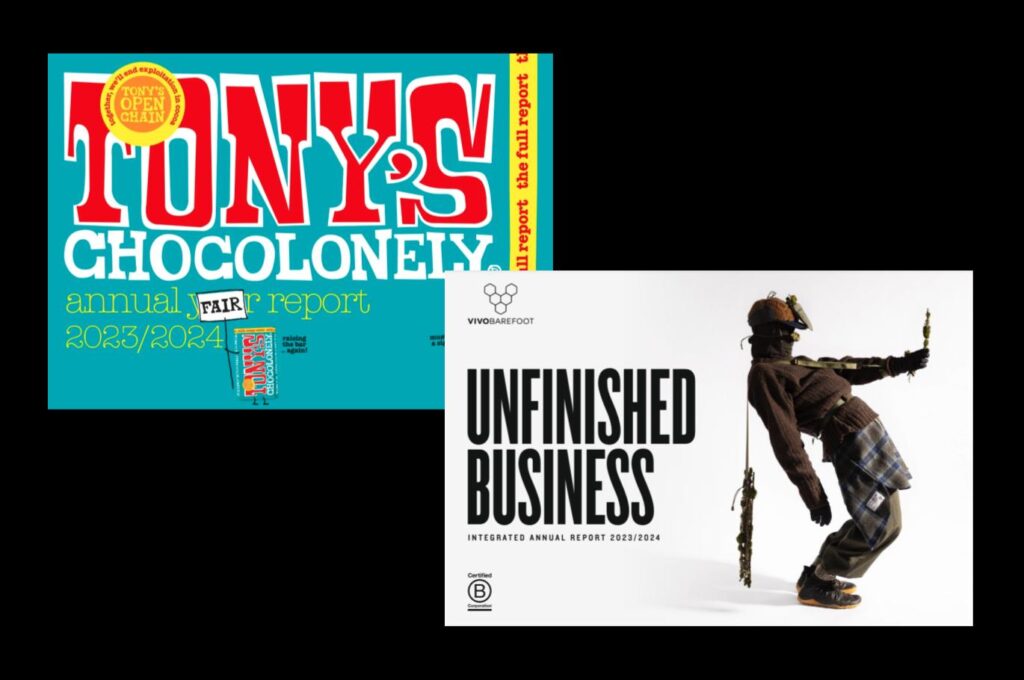
Right now, hundreds—maybe thousands—of sustainability and impact reports are being written. It’s ‘reporting season’ for those in that world.
Most of these reports start to blend into one another. The same cautious optimism, the same small wins. Teams painstakingly design templates, gather data, justify missed targets, and align with frameworks—only to be met with indifference.
These two reports are the perfect antidote. They’re impact reports as if impact matters, which it does to these two companies. It matters to their people, their customers, their communities - it really matters to their strategy, to their success.
Here’s what makes these reports so different:
1. They tackle problems head-on
Both Tony’s and Vivo’s businesses are built on the premise that the status quo isn't right, and something needs to be fixed. With Tony’s it’s of course ending exploitation in Cocoa, and for Vivo’s it’s to undo our unnatural disconnection with nature.
The name of Vivo’s report captures the essence perfectly: Unfinished Business. They have not yet created a business they are happy with, but they are working on getting there. In contrast, most other reports read like companies are happy with their business, and they’re just ironing out a few snagging issues – the longer those snagging issues persist, the less interested we become.
In a world of broken things, fixing things is much better than pretending things aren’t broken. Vivo have always celebrated their “Fantastic Failures”, and in their latest report, on the cusps of genuine breakthroughs in material innovation, they want you to know why it isn’t working just as much as why it is. Because learning from failures matters. It’s how progress is made, and here’s a company making real progress.
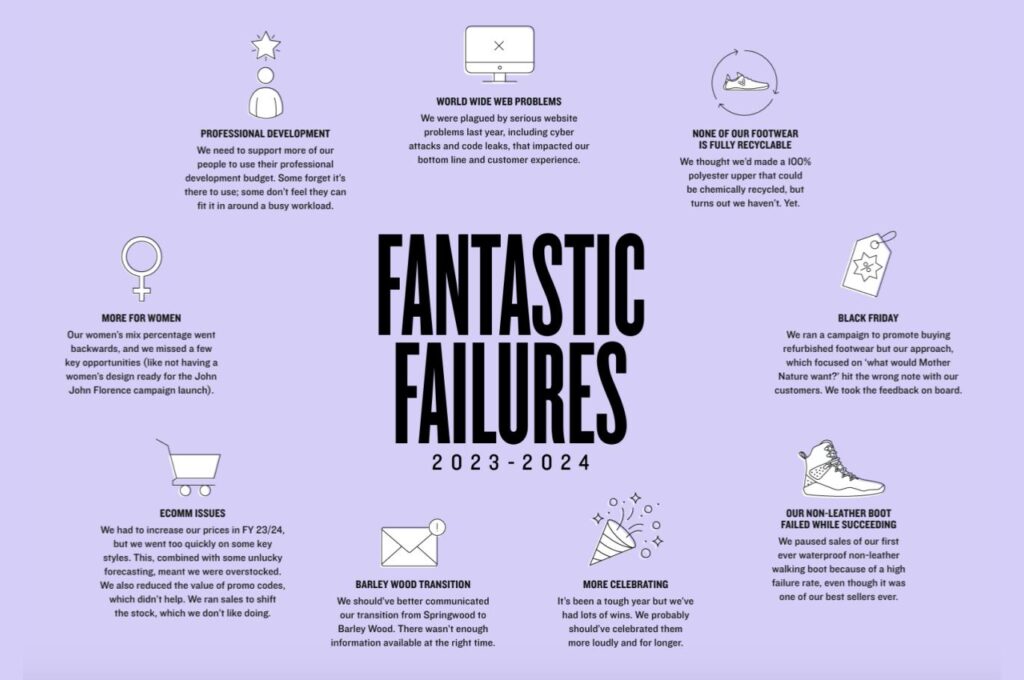
A huge amount of Tony’s FAIR report is committed to breaking down the complexities and fragilities of Cocoa supply chains. You’re left with no doubt of their passion, expertise and insights into how to make real change; it’s no wonder they have become an invaluable partner for other brands through their Open Chain. Whilst others fixated on easy solutions, Tony’s has fixated on difficult problems, and in doing so now holds the cards.
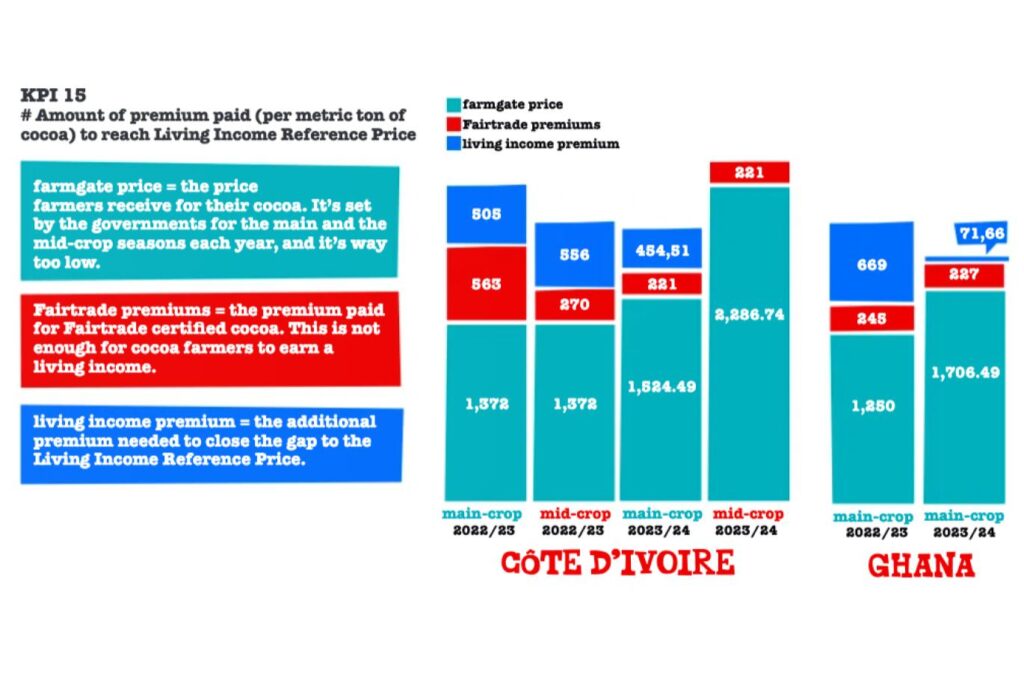
2. They use frameworks for the right reasons
Whilst these two reports are each very unique, they also ensure they apply best practice in reporting, using third party frameworks.
Too often other reports are so concerned with just ensuring they comply with frameworks and regulations, they forget to consider the spirit of them. Whilst most companies will be sweating over the data collection and disclosures they need to make; these reports show some companies relish in presenting this data.
If the goal is materiality (no cherry-picking), transparency (easy-to-find data), and comparability (standardised disclosures), these reports embody it.
Vivobarefoot have turned disclosing against frameworks into a fine art. They created ReFrame, taking it upon themselves to consolidate hundreds of indicators from different ESG frameworks.
Tony’s Chocolonely were never in scope of the EU’s CSDDD, but have called on the EU to tighten the legislation not weaken it, as they themselves are proof that level of supply chain due diligence the directive was originally asking for, is not only possible, it’s happening daily at Tony’s already.
3. These reports drive company success
This might be the most important point. Both reports are coming from companies with very particular intentions. They are doing things differently in the hope of achieving different outcomes. Their reports are the proof as to whether it’s working or not.
In that sense, there’s a lot riding on them.
If they can prove that they’re reducing negative impacts and maximising positive impacts in a way that others aren’t, that’s rocket fuel for their people, product, operations and brand strategies.
These two companies are evidence that sustainability/impact as a driver of growth is not in decline, nor recession, it’s the companies with muddled intentions and strategies, who never really moved beyond business-as-usual ways of operating, who are struggling.
All the reports that make you go “meh”, are just a symptom of that.
4. They have strong identities
These reports are clear in their purpose, unique in structure and format, intentional in framing and language, and distinct in branding.
Every year the reports take on a new look and feel, and you can see their evolution over time. In Vivobarefoot’s case you can see how their intentions to ‘act more like nature’ has resulted in nature having a stronger visual presence in the report.
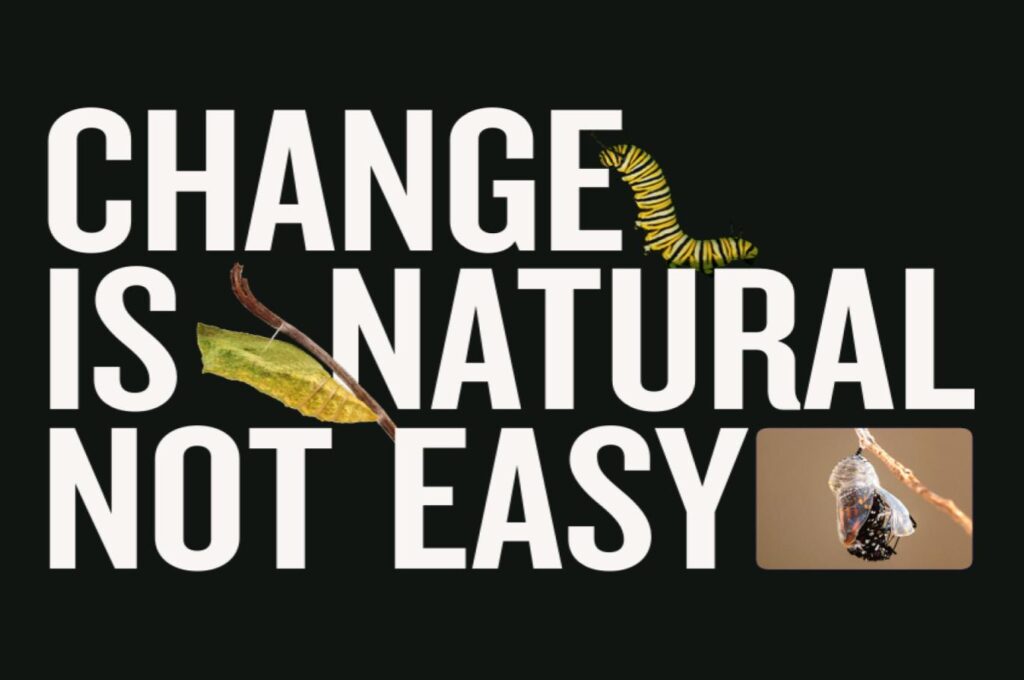
The reports are full of pages with bespoke designs. The result is that you retain not just a line or a data point, but an entire page of contextualised information that remains in your memory.
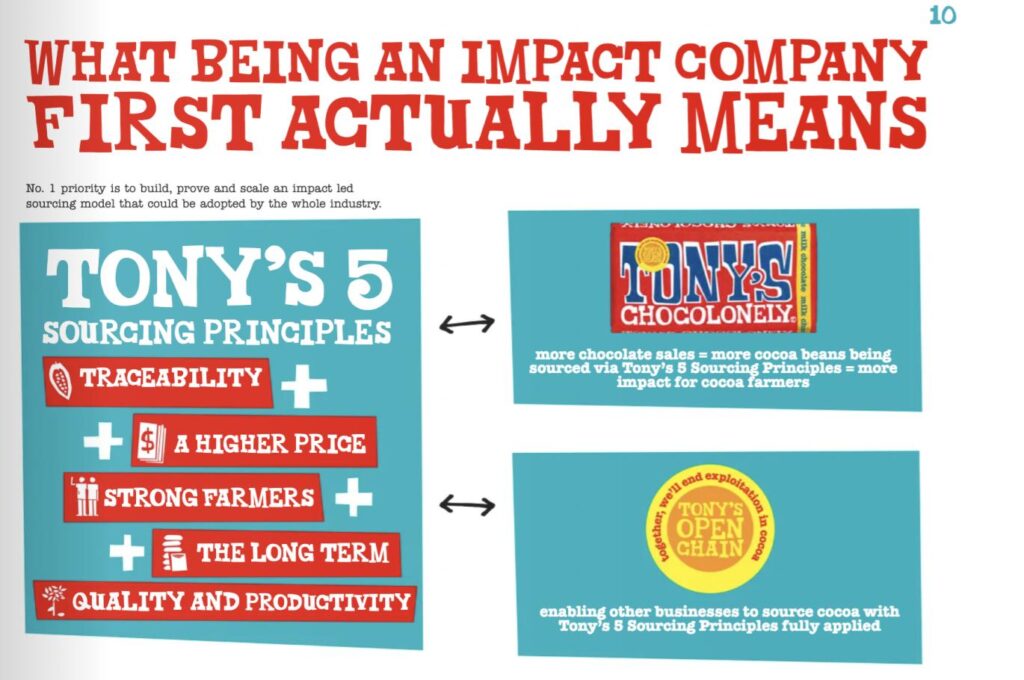
5. They are made with love
Lastly, these reports are very clearly made with love. The obsession is palpable in their pages.
Both the reports are beasts (Vivo’s is over 100 pages, Tony’s over 200). The conceived wisdom is that we should always be making reports shorter: “no-one reads long reports, and we want to improve engagement.”
These reports show that doesn’t matter. If the teams making them think everything included is important – that’s what matters!
OK, maybe a bit of editing wouldn’t hurt.
But even more importantly, these reports are always produced on time, and with all new data. There is no filler, no deprioritising.
The teams making them are empowered, given the resources to make them excellent, and it shows.
At The Now Work we create flexible teams to make your report exceptional.
If you’re interested in finding out how we can take your reporting to the next level, contact Laura or Richard at:
